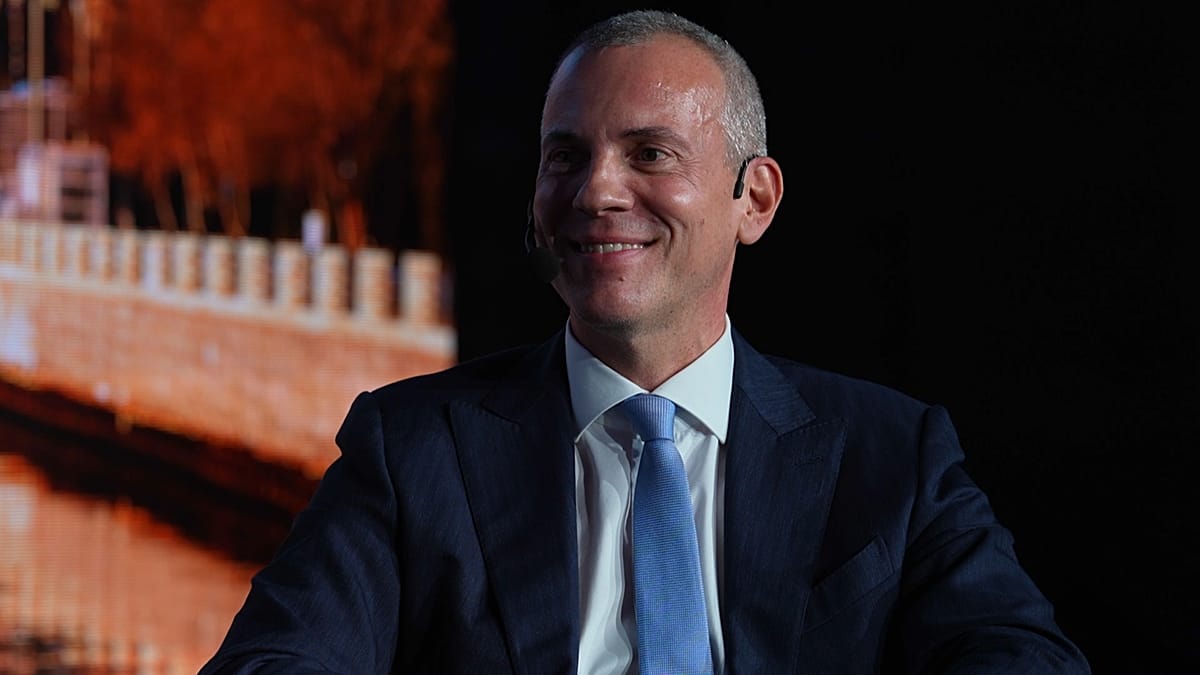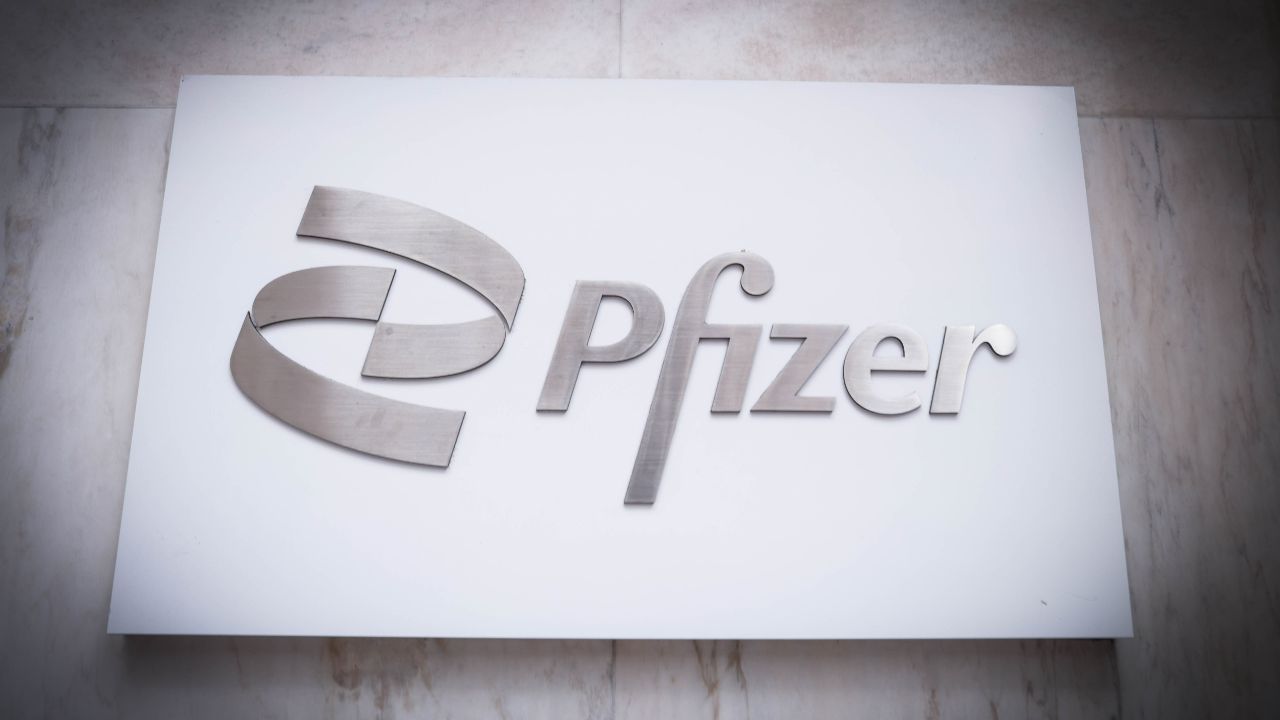Scaling subscription-based apps: Monetisation strategies that work

In the subscription economy, just acquiring users is not enough. Actual growth is all about keeping them, converting them, and maximising lifetime value over time. As customer acquisition costs rise and user expectations evolve, monetisation strategy has become just as important as product strategy. Perhaps even more important.
For founders building subscription-based apps, whether B2B SaaS, consumer wellness, fintech, or productivity, the question is no longer “Can we get users?” It is “Can we grow sustainably?”
The answer? Smart, flexible, and data-informed monetisation. Because scaling without a strategy is just burn.
Price is not a number: It is a narrative
One of the biggest misconceptions early founders have is that pricing is a spreadsheet decision. On the contrary, pricing is brand positioning, value communication, and a growth engine all rolled into one.
Take Notion, for example. Their free tier is incredibly generous, and that is no accident. It fuels virality, builds users’ habits, and seeds teams with individual power users. But once companies hit a certain collaboration threshold, they bump into clear value walls: team workspaces, admin controls, and advanced sharing. The upgrade feels natural, not forced.
Let value lead the monetisation, not the other way around. Here is the takeaway: If users do not understand what is behind the paywall (or worse, if it feels arbitrary), they will churn. But if you design your pricing tiers around real usage milestones, monetisation becomes an extension of product love, not a tax on it.
Freemium works until it doesn’t
Freemium is a powerful acquisition lever. But it is not a monetisation strategy on its own. The danger lies in thinking that top-of-funnel growth equals business growth.
Many founders get stuck in the “free user trap”: thousands of active users, but no revenue to show for it. That is fine in the early days when you are proving demand, but at scale, it is a problem.
The key is conversion design: How do you move free users to paid in a way that feels aligned with value? Headspace nailed this with “streak” features and content gating. They built just enough routine and emotional investment into the free experience that paying became less about features and more about continuity. Other apps, like Figma, leaned into team unlocks. One user starts solo, invites a colleague, and suddenly, collaboration becomes the premium hook. Seamless, social, and smart.
The lesson: Freemium should be a ramp, not a plateau.
Experimentation is how you win
The best monetisation strategies are iterative. What works at 10k users might not work at 100k. What converts in North America might flop in Europe. Pricing and packaging need the same level of testing you apply to UX or onboarding.
Look at Duolingo. They have tested everything, from ads versus subscriptions to tiered pricing by country, down to micro-adjustments in trial lengths and copy. That is why they are one of the few consumer apps that scale profitably. They treat monetisation like a product, not a fixed decision.
Here are tests with a big impact:
- A/B testing monthly vs annual plans (annual drives cash flow).
- Experimenting with trial length: 7 days vs 14 days can shift retention.
- Localising pricing: even a $1 difference can lift conversion in some markets.
- Adding urgency triggers, like countdowns to trial expiration.
Do not assume you got it right on the first try. You did not, because no one does. Keep testing.
Move beyond the “one size fits all” plan
Your users are not one person. So why are you pricing them as if they are? As you scale, segmentation becomes key. Power users want more features, casual users want simplicity, and enterprises want control.
Canva is a masterclass here. Their Pro plan caters to individuals and small teams, but they introduced Canva for Teams and Canva for Enterprise to accommodate different buyer types. Each tier has unique messaging, onboarding flows, and value propositions, yet the core product remains the same.
This does not mean you need five SKUs. But it does mean understanding your personas. Talk to users. Segment by behaviour. Build plans that feel like they were made for someone, not everyone.
Churn is a monetisation issue too
Retention is revenue; we all know that. You cannot scale subscription revenue if you are constantly leaking users out the bottom. Start by understanding why people churn: Is it price? Is it a lack of perceived value? Product fatigue, perhaps?
Calm, another consumer subscription app, found that users who completed a meditation within the first 48 hours were significantly more likely to subscribe and stick with the app. So they redesigned onboarding to increase that outcome. Not just a retention win, but a monetisation win.
Also, make offboarding hard and helpful. Instead of adding a “Cancel” button that every user will hit, try a flow that asks why, offers tailored downgrades, pauses, or even temporary discounts. Done respectfully, these flows reduce churn without annoying users.
Monetise more than subscriptions
Do not be afraid to explore monetisation layers beyond subscriptions, especially as you scale. Marketplaces, partnerships, upsells, and even transaction fees can create diversified revenue without harming the core UX.
Strava, for instance, launched paid challenges and brand-sponsored content while keeping core functionality free. Substack lets writers earn from subscriptions, but also takes a cut of upgrades, donations, and partner programmes. The idea is not to nickel-and-dime users. It is to align revenue streams with value creation. And in some cases, to monetise the long tail of users who might never subscribe, but still engage deeply.
Make your pricing part of your brand promise
This is where growth and marketing meet. Your pricing strategy should reinforce what your brand stands for. Are you the affordable alternative? The premium all-in-one tool? The collaborative team platform? Price accordingly. Communicate it clearly.
Look at Linear. Their pricing could not be simpler: one premium tier, free for small teams, and a strong emphasis on speed and quality. It reflects their product, their ethos, and their audience. It is not “cheap,” it is intentional.
Confused pricing equals confused positioning. And in a crowded market, clarity is conversion.
Monetisation is much more than just mechanics
Slapping a price tag on your product and hoping for the best will not do much for your scaling. Designing a monetisation system that reflects how users find value and how that value grows over time is key to a sustainable strategy.
The most successful subscription businesses guide users toward paid tiers with intention, intelligence, and empathy. They test relentlessly. They adapt. They respect the user while nudging them toward higher value tiers. And they do not treat monetisation as an afterthought, because it is a feature of the business.
So, whether you are pre-revenue or scaling past 100k MRR, ask yourself:
- Is our monetisation strategy evolving with our users?
- Are we capturing the full value we are creating?
- And most importantly: are we building for revenue, or just hoping it shows up?
For subscription businesses, monetisation is a system, and the smartest founders build it early and build it well.
The post Scaling subscription-based apps: Monetisation strategies that work appeared first on EU-Startups.
















































